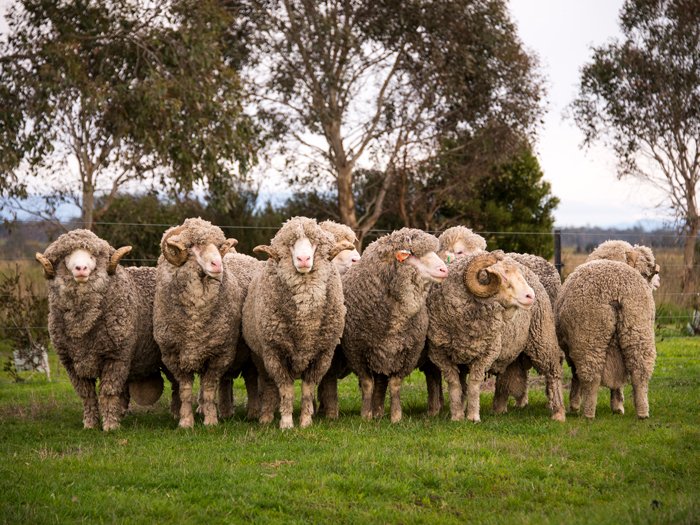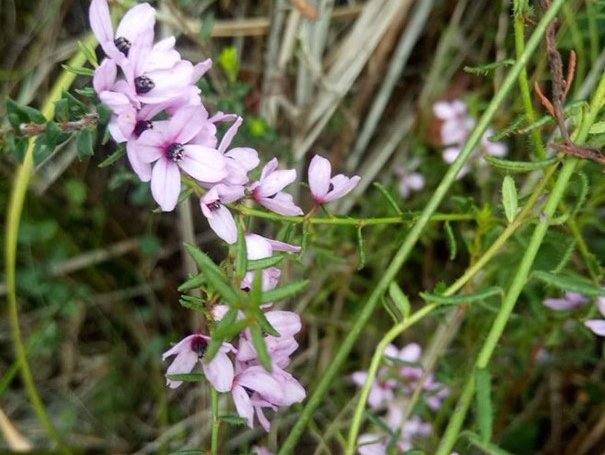Natural Resource Management
Natural Resource Management is the management of the natural resources that make up Australia’s natural landscapes, such as land, water, soil, plants and animals.

NRM aims to balance economic, social and environmental objectives.
What is NRM?
What is NRM?
Natural Resource Management (NRM) refers to the management of natural resources such as land, water and our biodiversity assets. NRM activities focus specifically on the sustainable use of natural resources to ensure both present and future generations experience the quality of life they provide.
The Tasmanian Natural Resource Management Act 2002 (Amendments 2018) established a framework that includes the Tasmanian Natural Resource Management Council, which advises the minister on NRM issues; and three regional committees, with the role to develop and implement an NRM strategy for each region.
NRM is a long-term process that focuses on making balanced decisions together in order to satisfy livelihoods for all.
NRM and the community
NRM and the community
From the land that produces our food, the water we drink and the air we breathe, to our recreational activities, everyone depends on natural resources and we share the responsibility to use these wisely and conserve them for the future.
Participation in NRM is voluntary and those involved want to live in a healthier and more sustainable world and ensure this for future generations. Healthy natural spaces enrich our health and recreational experiences, so minimising disturbance and repairing sensitive environments are important aspects of NRM.

Volunteers are at the heart of many NRM North projects.

Shy Susan (Tetratheca gunnii).
NRM North Strategy
NRM North Strategy
Tasmania’s three natural resource management organisations, NRM South, NRM North and Cradle Coast Authority have developed their new regional strategies through to 2030. Developed collaboratively across regions, the strategies adopt a consistent, scalable, whole-of-state NRM framework that the NRM organisations will use to prioritise their investment.
Focusing on the three primary themes of Land, Water and Biodiversity, the strategies provide a blueprint for the actions that each NRM organisation will focus on through to 2030. With a view to long-term outcomes that include support for Aboriginal communities, improving landscape resilience to climate change, improved waterway health, and reducing impacts on Tasmania’s threatened species, the regional strategies maintain a strong focus on improving the condition of natural resources and driving sustainable production using specific and measurable criteria.
The Strategy does not have statutory power or replace any current mechanism or policy relating to natural resource management, but seeks to build partnerships between stakeholders and develop synergies between planning and management processes.
Further Information
Further Information
The three formally recognised NRM organisations in Tasmania are NRM North, NRM South and Cradle Coast NRM.
The Australian Government is involved in NRM projects through several national funding programs, most of which are undertaken in cooperation with the states. For information on the programs, please go to the Australian Government website.
Quick Q&A
Quick Q&A
There are many ways to be active in NRM including:
- Joining or beginning a local Landcare, Coastcare or 'Friends Of' group
- Implement strategies to use resources sustainably at home, work and play
- Share NRM information and resources with friends, family and neighbours
- Attend NRM events to grow in knowledge and appreciation of our natural resources
- Consider active on-ground works or planning on your property and investigate funding available to assist
NRM techniques may already be implemented on your property including keeping waterways clean and clear from contamination, fencing off waterways and bushland, planting shelter belts and introducing water and energy saving strategies. NRM can help improve the productivity and profitability of your business by improving the quality and sustainability of the resource base, such as water and soil health. Have a look at NRM North's current programs and resources for more information.
NRM is voluntary, has no regulatory role and is not enforceable. It does not replace existing policies and processes such as Tasmania Together, the Regional Forest Agreement and local government planning schemes.
The Tasmanian Resource Management and Planning System (RMPS) still provides the overarching legislative framework for natural resource management and for planning and development control, however NRM integrates the elements of the RMPS and deals with aspects of natural resource management that are not covered by legislation.
NRM is targeted at maintaining and enhancing the regional natural resource assets, not only for the sustainable use of resources in agriculture, forestry, fisheries, recreation and tourism, but also to maintain their ecosystem services and other values.
NRM decisions and actions are based on the most recent scientific data available and are guided by the following scientific principles:
- Ecosystem Approach - NRM should be based on an understanding of the relationship between natural resources and the ecosystems they support, and upon careful monitoring of change over time.
- Priority Based - NRM actions are to be undertaken according to priorities that are based on the best available science and information, and relevant experience, as well as on assessment of the relative cost-effectiveness of various options.
- Prevention is Better Than Cure - It is often more efficient to prevent damage rather than repair it. Therefore, where there are threats of serious or irreversible environmental damage, lack of full scientific certainty should not be used as a reason for postponing measures to prevent environmental degradation.

